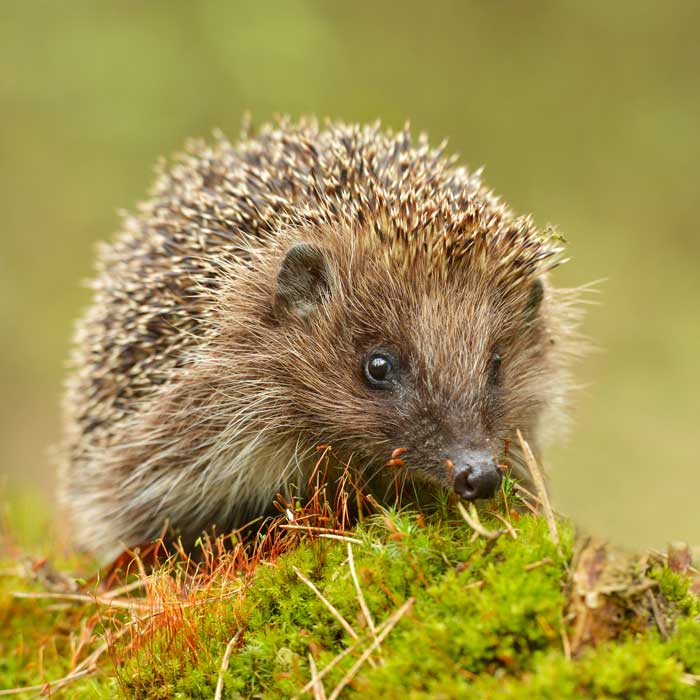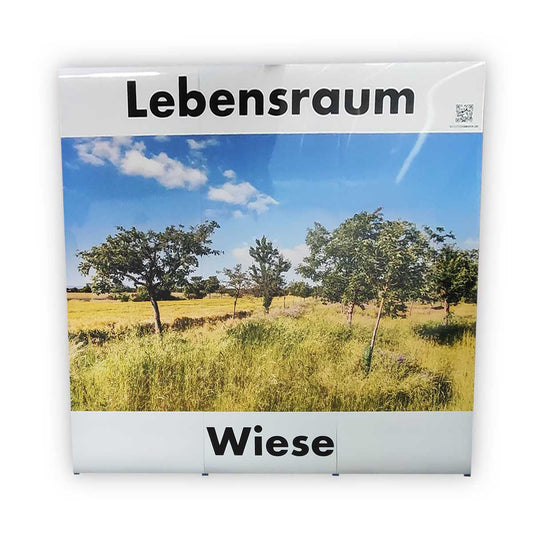
Hedgehog
The hedgehog, a popular and iconic wild animal, plays an important role in many ecosystems as a natural pest controller. This fact sheet provides a detailed overview of the biology and ecology of the hedgehog and highlights the importance of its protection and integration into human habitats.
Hedgehog Products
-
Animal display hedgehog
Regular price From 12,90€Regular priceUnit price / per -
Extension set - "Black Forest"
Regular price From 319,90€Regular priceUnit price / per -
Animal display hedgehog - outdoor set
No reviewsRegular price 20,70€Regular priceUnit price / per -
Pop-Up Wall "Forest Habitat"
No reviewsRegular price 300,00€Regular priceUnit price / per -
Pop-Up Wall "Forest Habitat"
No reviewsRegular price From 1.200,00€Regular priceUnit price / per -
Pop-Up Wall "Forest Habitat"
No reviewsRegular price From 1.200,00€Regular priceUnit price / per
Profile: Hedgehog
-
Scientific classification
- Class: Mammalia (mammals)
- Order: Eulipotyphla (insectivores)
- Family: Erinaceidae (hedgehogs)
- Genus: Erinaceus
- Example species: Erinaceus europaeus (Western hedgehog)
-
Physical characteristics
- Size: Body length of 20-30 cm
- Weight: 500-1,500 g, depending on age and season
- Special features: Spiky appearance due to numerous spines, pointed snout, short legs, dark eyes, small ears.
-
Habitat and distribution
- Common regions: Europe, Asia, Africa
- Habitat: Diverse, from forests to gardens and parks to urban areas; prefers areas with dense vegetation and shelter.
-
Nutrition
- Diet: Omnivorous with a predominance of insects and invertebrates
- Typical food: beetles, worms, snails, but also fruits, berries, eggs and occasionally small vertebrates.
-
Reproduction and lifestyle
- Mating season: spring to summer
- Gestation period: Approx. 35 days
- Litter size: 3-7 young per litter
- Brood care: Females raise the young alone
- Social structure: Mostly solitary, outside of the mating season.
-
Lifespan and protection status
- Life expectancy: Up to 5 years in the wild
- Threat status: Not threatened, but habitat loss and fragmentation and traffic accidents may affect local populations.
- Protective measures: preservation and protection of habitats, education about the benefits of hedgehogs in the garden, establishment of hedgehog protection zones.





